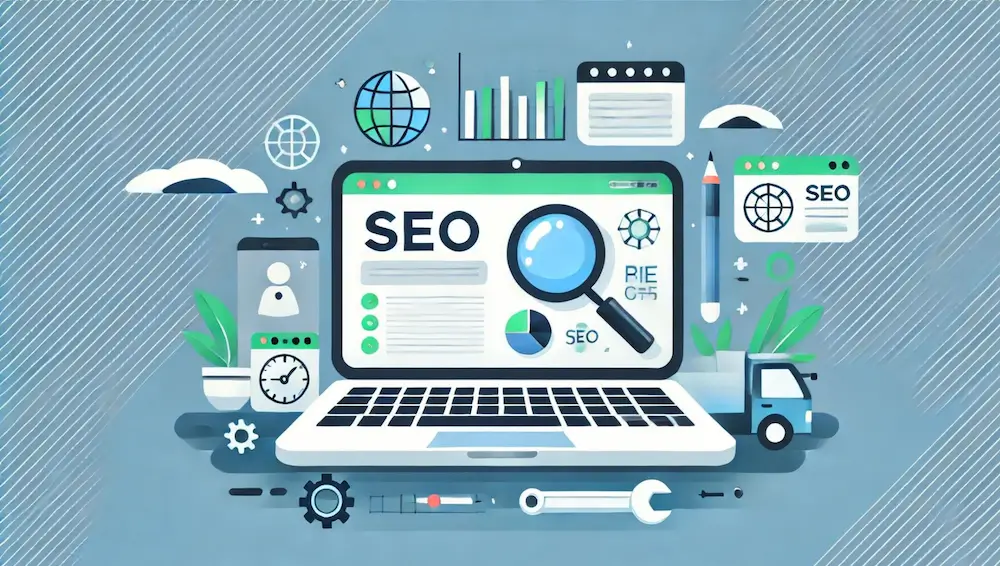Why focus on customer lifetime value in strategy planning?
Understanding Customer Lifetime Value (CLV)
Customer Lifetime Value (CLV) is a crucial metric that quantifies the total revenue a business can expect from a single customer throughout their entire relationship. This concept is particularly vital for service-oriented industries such as healthcare and legal services, as well as e-commerce and marketplaces. By focusing on CLV, businesses can gain insights into customer behavior, preferences, and spending patterns, allowing for more informed strategic planning. Understanding CLV helps organizations allocate resources effectively, ensuring that marketing efforts are directed toward retaining high-value customers rather than merely acquiring new ones.
The Importance of CLV in Strategic Planning
Incorporating CLV into strategic planning allows businesses to prioritize long-term relationships over short-term gains. This approach is essential for industries like healthcare and legal services, where customer retention can significantly impact profitability. By analyzing CLV, companies can identify their most valuable customers and tailor their marketing strategies to enhance customer satisfaction and loyalty. This not only improves customer retention rates but also increases the likelihood of repeat business, ultimately driving revenue growth.
Enhancing Marketing Strategies with CLV Insights
Marketing strategies that leverage CLV insights can be more targeted and effective. For instance, businesses can segment their customer base according to CLV, enabling them to create personalized marketing campaigns that resonate with different customer groups. This segmentation can lead to more efficient use of marketing budgets, as resources are allocated to high-value segments that are more likely to convert. Additionally, understanding CLV helps businesses identify upselling and cross-selling opportunities, further enhancing customer engagement and maximizing revenue potential.
CLV and Customer Acquisition Costs
Focusing on CLV also allows businesses to evaluate their customer acquisition costs (CAC) more effectively. By comparing CAC to CLV, organizations can determine the profitability of their marketing efforts. If the cost to acquire a customer exceeds the expected lifetime value, it may signal a need to reassess marketing strategies or improve customer retention efforts. This analysis is particularly relevant for e-commerce and marketplace businesses, where competition is fierce, and understanding the balance between acquisition costs and customer value is essential for sustainable growth.
Utilizing CLV for Product and Service Development
Understanding CLV can also inform product and service development strategies. By analyzing the preferences and behaviors of high-value customers, businesses can identify gaps in the market and develop offerings that meet customer needs more effectively. This customer-centric approach not only enhances customer satisfaction but also fosters innovation, as businesses are better equipped to create products and services that resonate with their target audience. For medical and legal professionals, this could mean developing specialized services that cater to the unique needs of their most valuable clients.
CLV as a Tool for Measuring Customer Satisfaction
Customer Lifetime Value serves as an indirect measure of customer satisfaction and loyalty. A higher CLV typically indicates that customers are satisfied with the products or services they receive, leading to repeat purchases and referrals. By monitoring changes in CLV over time, businesses can gauge the effectiveness of their customer service initiatives and make necessary adjustments to enhance the overall customer experience. This feedback loop is essential for continuous improvement, particularly in service-oriented sectors where customer satisfaction is paramount.
Integrating CLV into Financial Forecasting
Incorporating CLV into financial forecasting can provide businesses with a more accurate picture of future revenue streams. By estimating the lifetime value of existing customers, organizations can make informed predictions about cash flow and profitability. This information is invaluable for budgeting and resource allocation, allowing businesses to invest in growth initiatives with confidence. For e-commerce and marketplace operators, understanding CLV can also guide inventory management and supply chain decisions, ensuring that they meet customer demand without overextending resources.
Challenges in Measuring CLV
While the benefits of focusing on CLV are clear, measuring it accurately can pose challenges. Factors such as customer churn, varying purchase frequencies, and changes in customer behavior can complicate CLV calculations. Businesses must employ robust data analytics tools and methodologies to track customer interactions and transactions effectively. Additionally, it’s essential to consider external factors such as market trends and economic conditions that may influence customer behavior over time. Addressing these challenges is crucial for leveraging CLV as a strategic planning tool.
Leveraging Technology to Enhance CLV Analysis
Advancements in technology have made it easier for businesses to analyze and leverage CLV data. Customer Relationship Management (CRM) systems, data analytics platforms, and artificial intelligence can provide valuable insights into customer behavior and preferences. By utilizing these technologies, organizations can automate the tracking of customer interactions, segment their audience more effectively, and personalize marketing efforts. This technological integration not only enhances the accuracy of CLV calculations but also streamlines the strategic planning process, allowing businesses to respond swiftly to changing customer needs and market dynamics.



